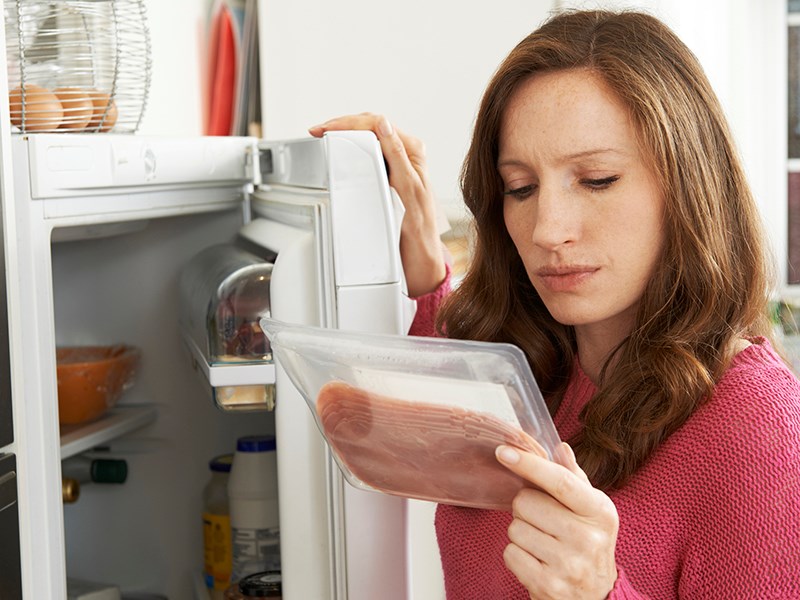About a quarter of the food we buy, we toss.
We load up at the grocery store with the best of intentions to cook up a storm. A month later, we find two half-full jars of questionable pasta sauce lurking behind sour milk.
In fact, Canadians throw out about 170 kilograms of food each year that they brought home intending to eat. If we include all stages of the food-supply chain, meaning farmers, processing plants, grocery stores and the home, we skyrocket to 396 kilograms of food wasted per person annually.
How did we get here? Can we turn this sinking ship of edible food waste around?
Consumer expectations are part of the challenge, with shoppers passing over the bruised, misshapen, or oddly sized fruit and vegetables. So, have pity on the less than perfect specimens out there to help recalibrate the industry standards of perfection.
Once food comes home, it has a one in four chance of making it to our stomach. Good thing we can increase the odds that our next bag of groceries will fulfill its destiny.
Here are some tips to optimize use of the fridge in extending the life of your food:
-
Designate a shelf or bin in your fridge for things about to go off and label it: Eat me first.
-
Use your fridge to its maximum capacity. Set one drawer to high humidity (closed setting) and use it for vegetables that wilt easily.
-
Slow down the ripening process by putting foods that give off ethylene (a ripening agent) in bags, or separating them from other produce. Eg: apples, ripe bananas, avocados, blueberries, potatoes, grapes and pears, et cetera.
-
Place raw meat and seafood on the bottom shelf above the drawers as this is the coolest part of the fridge.
-
Keep in mind that your door is the warmest part of a fridge. Ensuring the temperature is set to four degrees Celsius or lower will keep things cool even on the edges.
Beyond the fridge, there are great tips on how to freeze produce atlovefoodhatewaste.cathat can give your food a longer life. Did you know corn freezes better with the husks on? And bananas are easier to reuse when you unpeel before freezing? This great online resource also includes a guide on how to revive tired food, what “best before dates” actually mean, and unique recipe ideas. Check it out over your next morning smoothie.
Let’s Talk Trash is qathet Regional District’s waste-reduction education program.



